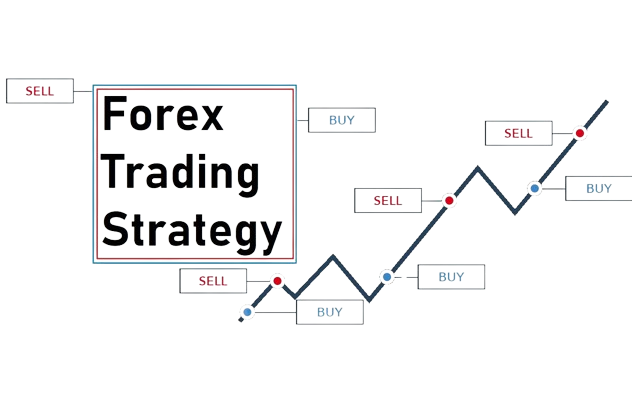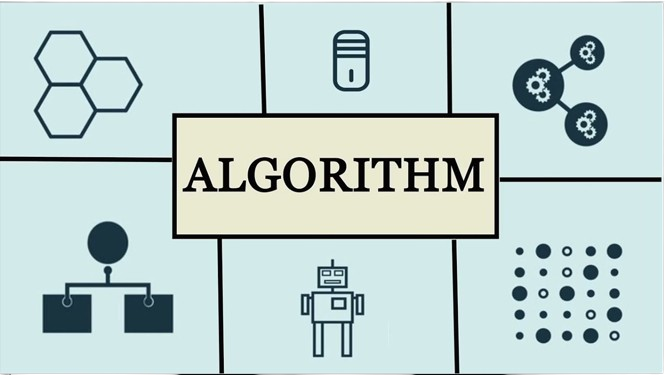- In the fast-paced world of Forex trading, staying ahead of the curve often requires leveraging cutting-edge technology. Algorithmic trading, also known as algo trading or automated trading, has emerged as a game-changer in the realm of financial markets. By harnessing the power of algorithms and computer programs, traders can execute trades with speed, precision, and efficiency. In this comprehensive guide, we'll walk you through the fundamentals of Forex algorithmic trading, providing a step-by-step overview to help you navigate this exciting frontier of financial innovation.
Step 1: Understanding Algorithmic Trading
- At its core, algorithmic trading involves the use of computer programs to execute trading strategies automatically. These programs, often referred to as trading algorithms, analyze market data, identify trading opportunities, and execute trades without human intervention. Algorithmic trading can range from simple scripts that execute predefined strategies to sophisticated systems powered by artificial intelligence and machine learning algorithms.

Step 2: Developing a Trading Strategy
- The first step in implementing algorithmic trading is to develop a robust trading strategy. This involves defining the parameters for entry and exit points, risk management rules, and other criteria that govern trade execution. Traders can draw upon various technical indicators, statistical models, and fundamental analysis to formulate their strategies. It's essential to backtest the strategy using historical data to assess its performance and refine it as needed.

Step 3: Choosing a Trading Platform
- Next, traders need to select a trading platform that supports algorithmic trading. Many brokerage firms offer specialized platforms and APIs (Application Programming Interfaces) that allow traders to automate their strategies. Popular platforms include MetaTrader, NinjaTrader, and TradeStation, each offering a range of features and functionalities to cater to different trading needs.

Step 4: Coding the Algorithm
- Once the strategy is finalized and the trading platform is selected, traders can proceed to code the algorithm. Depending on the chosen platform, traders may need to use programming languages such as MQL (MetaQuotes Language), C#, or Python to implement their algorithms. It's essential to ensure that the code is well-structured, efficient, and properly documented to facilitate future modifications and troubleshooting.

Step 5: Testing and Optimization
- Before deploying the algorithm in live trading, thorough testing and optimization are crucial. Traders can use simulation environments provided by the trading platform to test the algorithm under various market conditions and scenarios. Additionally, optimization techniques such as parameter tuning and sensitivity analysis can be employed to maximize the algorithm's performance and minimize risks.

Step 6: Deployment and Monitoring
- Once the algorithm has been thoroughly tested, it can be deployed in live trading. Traders should monitor the algorithm's performance closely and be prepared to make adjustments as needed. This may involve tweaking parameters, updating the code to adapt to changing market conditions, or deactivating the algorithm if necessary.

Key Takeaways
- 1. Algorithmic trading offers numerous advantages, including speed, precision, and efficiency, but it requires careful planning, strategy development, and testing.
- 2. Successful algorithmic trading relies on a combination of technical expertise, market knowledge, and disciplined risk management.
- 3. Continuous monitoring and optimization are essential to ensure the long-term viability and profitability of algorithmic trading strategies.




